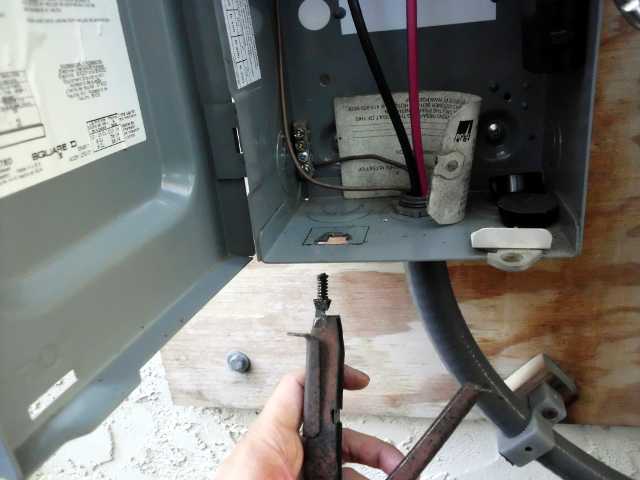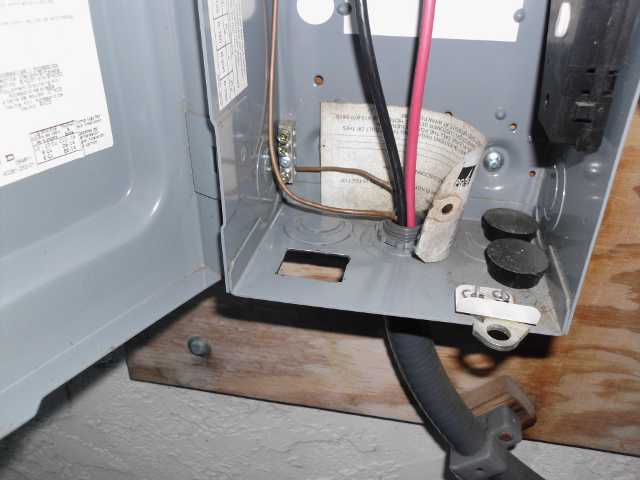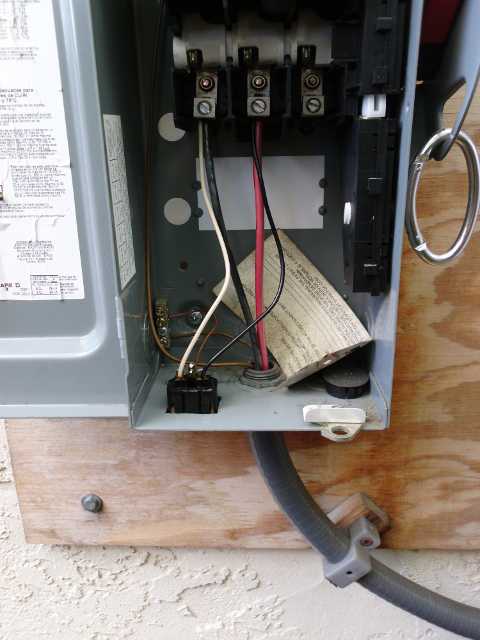Most people will tell you that you cannot plug an AC appliance into DC, and in general, that’s right. But if you know what you’re doing, you actually can run some AC equipment directly off DC. This is especially true for any computer or electronic equipment that says “100 – 250 VAC” on the back. And just for kicks, I tried putting a normal compact fluorescent bulb across the 200 VDC. I wasn’t sure whether it would overheat or blow up or something. No trouble, it worked fine. Didn’t even get very hot.
Why would someone want to do this?
No particular reason today, except maybe in a dire emergency, when the grid is going to be down for days or weeks, someone could jerry-rig this kind of arrangement to power their computers.
But imagine a future where all appliances are all designed to run off a wide range of high-voltage DC. People could put solar panels on their cabins, without the need for batteries or inverters, if they only wanted to run during the day. If cost-effective batteries were invented, they could be charged directly from a solar or wind array. And in using the energy, there would be no loss introduced by an inverter. Every house could be its own little generating plant, completely decentralizing electricity generation. And we wouldn’t worry about perturbations in the grid, which could also be DC, because everyone’s house would be tolerant of a wide range of voltage. Each household could program automatically what price they would be willing to buy and sell at, disconnecting from the grid on demand if the price wasn’t right. I may not live to see this future, but I dare to dream that maybe my descendants will.
Tapping a Photovoltaic Array for High Voltage DC
Here’s how I tapped into our solar array for the experiment.




